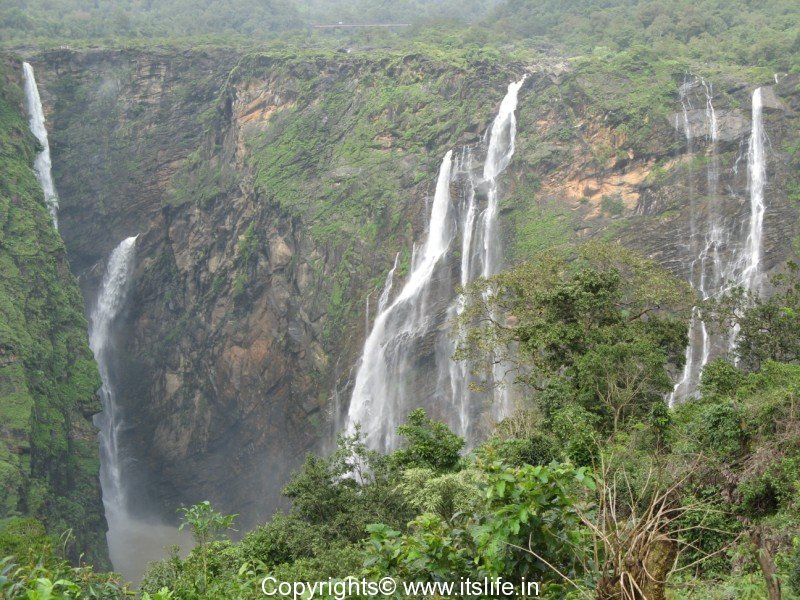**"Report of the Western Ghats Ecology Expert Panel - Part I - 13. Proposed guidelines/summary recommendations for sector-wise activities
Opinion
29/09/2018
1427.
**"Report of the Western Ghats Ecology Expert Panel - Part I - 13. Proposed guidelines/summary recommendations for sector-wise activities
WGEEP advocates a graded or layered approach, with regulatory as well as promotional measures appropriately fine-tuned to local ecological and social contexts within the broad framework of (1) Regions of highest sensitivity or Ecologically Sensitive Zone 1 (ESZ1), (2) Regions of high sensitivity or ESZ2, and the (3) Regions of moderate sensitivity or ESZ3. While we advocate this fine-tuning through a participatory process going down to gram sabhas, it is appropriate to provide a broad set of guidelines as a starting point. WGEEP has attempted to arrive at such a set of broad guide-lines for the various sectors on the basis of extensive consultations with officials, experts, civil society groups and citizens at large.
These are summarized in Table 6.
Table 6 Proposed guidelines and summary recommendations for sector-wise activities
Sector ESZ1 ESZ2 ESZ3
Across the Western Ghats : Genetically modified crops should not be allowed Phase out the use of plastic bags in shops, commercial establishments, tourist spots, on a priority basis (not more than 3 years)
Land use : For all settlements and built areas/ to be developed areas, certain types of areas would be no-go areas, including water courses, water bodies, special habitats, geological formations, biodiversity rich areas, and sacred groves Special Economic Zones should not be permitted New hill stations should not be allowed Public lands should not be converted to private lands;
ESZ1 : Change in land use not permitted from forest to non-forest uses or agricultural to non-agricultural, except
ESZ2 : Change in land use not permitted from forest to non-forest uses or agricultural
ESZ3 : Changes from agricultural to non-agricultural land permitted, considering
6 Detailed sectoral recommendations are in Part II of the Report
Sector ESZ1 ESZ2 ESZ3 and 2 areas
Wastewater management : Mandatory for all layouts/ building developments though the choice of technology would vary with size of settlement;
Should be such as to permit, reuse, recharge, recycling as locally appropriate and permit recovery of energy where possible
Water : Decentralized water resources management plans at Local Self Government level Protect high altitude valley swamps and water bodies. Catchment area treatment plans of hydroelectric and major irrigation projects should be taken up to improve their life span. Improve river flows and water quality by scientific riparian management programmes involving community participation Water conservation measures should be adopted through suitable technology up gradation and public awareness programmes Inter-basin diversions of rivers in the Western Ghats should not be allowed
Agriculture : Promote organic agricultural practices; discourage cultivation of annual crops on slopes exceeding 30%, where perennial crops should be promoted; introduce incentive payments for sequestration of carbon in soils, introduce incentive payments for maintenance of select traditional cultivars, encourage participatory breeding programmes to improve productivity of traditional cultivars; encourage precision agricultural practices, No GMOs
Phase out all use of chemical pesticides/ weedicides within five years
Phase out, through a system of positive incentives, use of chemical fertilizers within five years
Phase out all use of chemical pesticides/ weedicides within eight years
Phase out, through a system of positive incentives, use of chemical fertilizers within eight years Phase out all use of chemical pesticides/ weedicides within ten years
Phase out, through a system of positive incentives, use of chemical fertilizers within ten years
Animal Husbandry :
Introduce incentive payments as ‚conservation service charges? for maintenance of land races of livestock;
Redeploy subsidies for chemical fertilizers towards maintenance of livestock and production of biogas and generation of organic manure;
Restore community grasslands and forest grazing lands outside the Protected Areas.
Breeds which can withstand adverse agro climatic conditions should be encouraged
Application of weedicides in cash crop areas alongside the roads must be prohibited, since almost all plants coming under the weed category are rich cattle fodder.
The unused land in tea estates should be used for cattle rearing and the organic manure thus produced used for tea plantation.
Fishery :
Strictly control use of dynamite and other explosives to kill fish; provide fish ladders at all reservoirs
Introduce incentive payments as ‚conservation service charges? for maintenance of indigenous fish species in tanks under control of Biodiversity Management Committees or Fishermen’s co-operatives; monitor and control trade in aquarium fishes with the help of Biodiversity Management Committees
Forestry:
Government lands =
Forest Rights Act to be implemented in its true spirit by reaching out to people to facilitate their claims, Community Forest Resource provisions under FRA to replace all current Joint Forest Management programmes,
To be continued ..
JAIHIND
VADEMATHARAM















Comments
Post a Comment